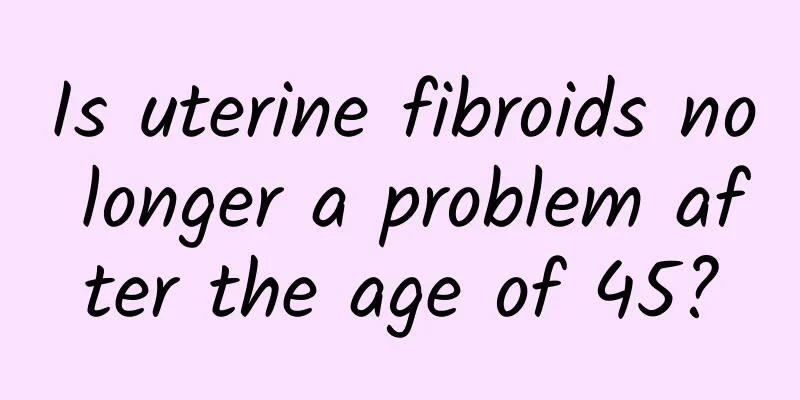What are the characteristics of endometriosis?

|
Endometriosis refers to the symptoms of endometrium malposition and movement to other parts of the body. Many patients with endometriosis do not fully understand its clinical manifestations. Please read below for the main clinical manifestations of endometriosis symptoms to facilitate diagnosis. 1. Dysmenorrhea and chronic lower abdominal pain: Patients are characterized by secondary and progressive dysmenorrhea, mainly with distending pain in the lower abdomen and anus, which may start 1 to 2 days before menstruation and disappear after menstruation. 2. Menstrual disorders: Patients with endometriosis may experience increased menstrual flow, prolonged menstrual periods or spotting. This is because the ovaries are destroyed by ectopic cysts, or the ovaries are wrapped by adhesions, resulting in ovarian dysfunction and causing menstrual disorders. 3. Infertility: Endometriosis patients often suffer from infertility, which has become one of the important causes of infertility. 4. Pain during sexual intercourse: Both endometriosis patients often complain of pain during sexual intercourse. It is mostly caused by mechanical stimulation. Endometriosis occurring in the rectouterine pouch and vaginal rectal septum causes swelling and fibrosis of the surrounding tissues, which causes the uterus to contract and rise during sexual intercourse, causing pain. 5. Intestinal symptoms: If the endometriosis lesions are located in the rectouterine pouch and near the rectum, during the menstrual period, the lesions will become congested and edematous, irritating the rectum and causing anal swelling, frequent or painful defecation, and constipation or diarrhea may also occur. 6. Urinary tract symptoms: If the endometriosis lesions are located in the bladder and ureters, the patient may have periodic frequent urination, dysuria and hematuria. 7. Symptoms of endometriosis in other parts of the body: If endometriosis implants and grows in other parts of the body, periodic pain, bleeding and enlarged masses will occur in the affected area, such as when the lesions occur in the umbilicus, abdominal wall wounds and vulva. If the lesions involve the lungs, pleura or diaphragmatic pleura, menstrual pneumothorax will occur repeatedly during menstruation. If the lesions involve the lung parenchyma, premenstrual hemoptysis, dyspnea and/or chest pain may occur. |
<<: Why is endometriosis prone to recurrence?
>>: Complications of endometriosis
Recommend
Get up early and do back slimming exercises for 1 minute to easily have a beautiful back
After pressing the alarm clock every morning, rem...
A review of the causes of hyperprolactinemia
Hyperprolactinemia must be treated early to avoid...
What harm does hydatidiform mole do to the body
Molar pregnancy can cause many harms to the body,...
What causes severe cervical erosion in women? Summary of 5 pathogenic factors of severe cervical erosion
Severe cervical erosion is the type of cervical e...
Is running a good medicine that can cure diseases? Running helps you avoid 7 diseases and stay healthy
Every day I tell my patients, "Exercise is y...
How to treat a cold and cough? Can honey water relieve cough? Drink honey water and master the 4 key best times
After the Chinese New Year, a large number of pat...
Why do women have long-term dysmenorrhea?
Normal07.8磅02falsefalsefalseMicrosoftInternetExplo...
What are the preventive measures for hyperprolactinemia?
Hyperprolactinemia is a very common disease, whic...
What are the risks of uterine fibroid surgery? Is uterine fibroid surgery serious?
Uterine fibroids are a common uterine tumor in wo...
How to treat uterine erosion? 3 medical methods can treat uterine erosion
Uterine erosion can be treated through the follow...
Keeping warm is also a way to relieve menstrual cramps
Do you know what methods are there to relieve dys...
End constipation! Drinking ginger lemon water can help with bowel movements
If you want to promote bowel movements, in additi...
Tips for women to prevent menopause
We must actively grasp the prevention methods of ...
Symptoms of Trichomonas vaginitis
Vaginitis is a vaginal inflammation caused by pat...
Do patients with adenomyosis have more menstrual blood clots?
Patients with adenomyosis generally experience dy...









